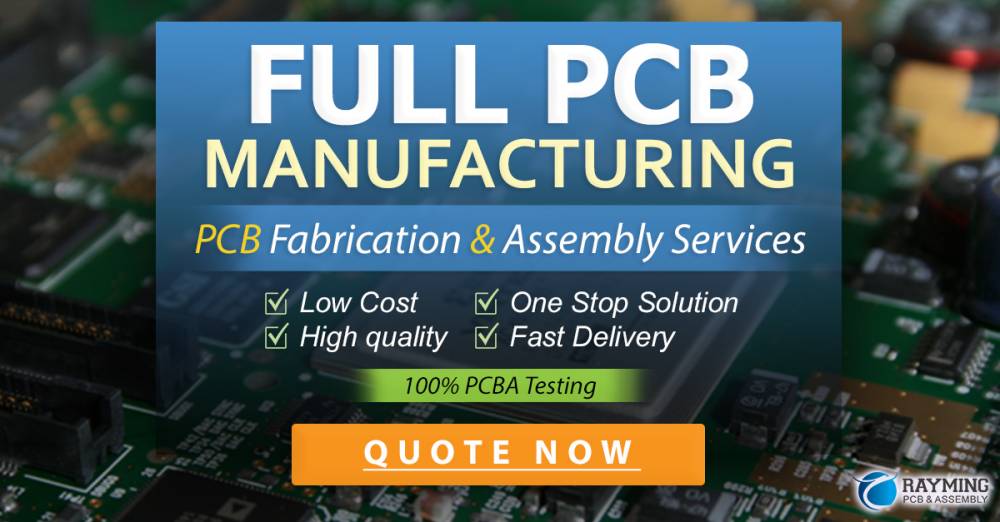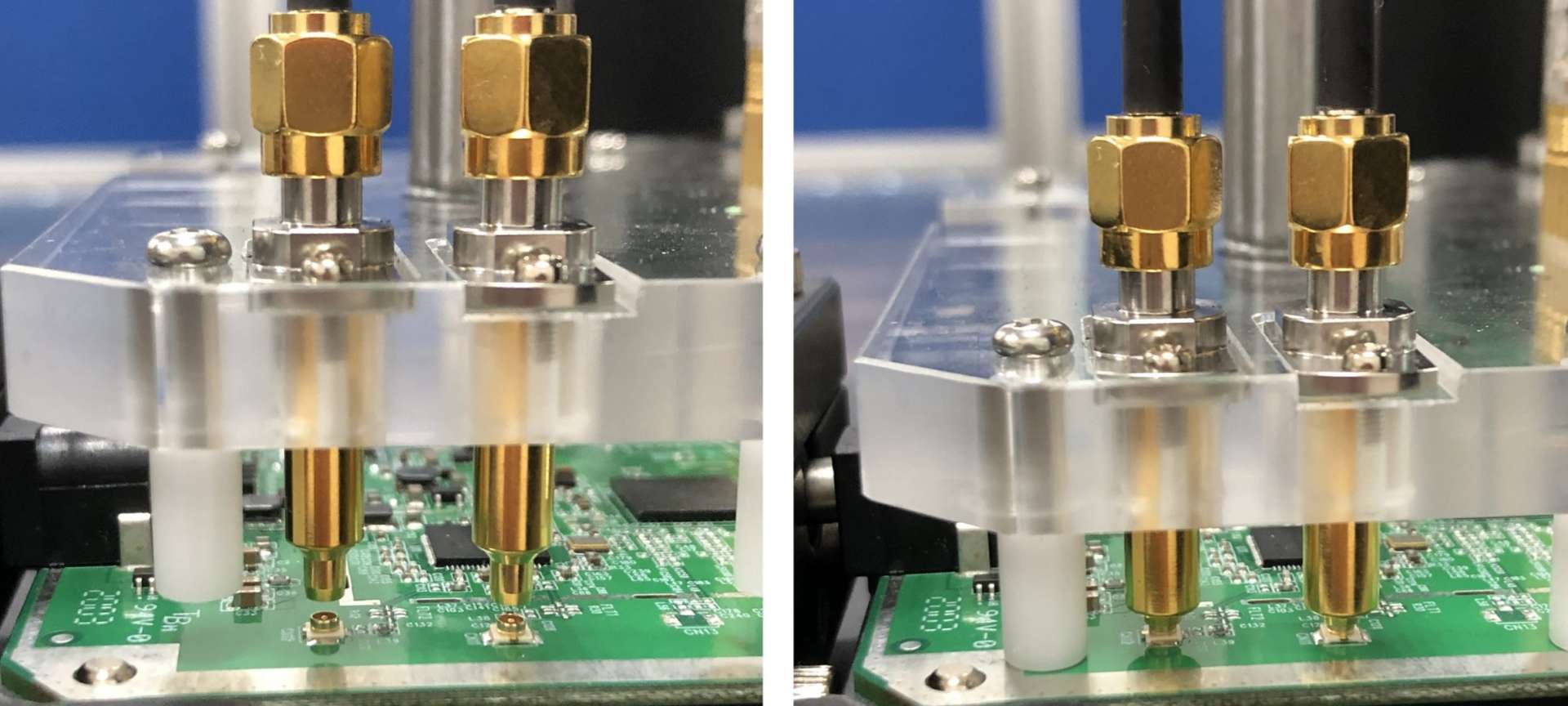As electronic equipment are becoming smaller as well as more complex, a stronger EMI shielding material is required. However, installing and working with metals, which are typically used as materials for EMI shielding can be difficult. They may also be too heavy and bulky for particular purposes, making them useless. FPC EMI Films are used in current shielding techniques. The information that follows will help us comprehend FPC EMI films better.
What Does FPC EMI Film Mean?
The FPC EMI film is used to protect electronic equipment against electromagnetic interference or EMI. A polymeric material with a metal coating makes up this film. The metallic layer helps to dissipate electrical charge which might cause electromagnetic interference.
The film also is dielectric, meaning it doesn’t conduct electricity. It can therefore be used in machinery that is susceptible to any electrical interference.
What are the Features of the FPC EMI Film?
This FPC EMI film has many characteristics that make it an effective shielding material. This film helps dissipate all electromagnetic energy which comes into touch with it by initially being electrically conductive.
The film is flexible and can conform to the contour of the electrical item it is intended to protect as it is very thin—typically just some microns thick. Thirdly, the high Dk (dielectric constant) of the film encourages electromagnetic energy reflection and absorption. This film is chemically stable too, so it won’t decay over time, neither will it become less durable as a result of other chemicals or substances.
This film is very straightforward to apply to an electrical device’s surface due to its flexibility. It is very sturdy and tough when put to use. The UV-resistant film does not deteriorate or change its color throughout time. The conductive covering of the film is often made of silver or copper. The thickness of the metal coating can change, but it typically falls between 0.5 and 2 microns.
Also, the real thickness of the film might range between 5 and 25 microns. Use the FPC EMI film to successfully insulate electronic devices against electromagnetic radiation. The film is reliable, flexible, and easy to use. It is also UV-resistant and will not deteriorate or alter in color throughout time.
FPC EMI Film Applications

Military
FPC EMI film is used by the military for a variety of things, including the ground vehicles, aircraft, and all. It is ideal for a variety of applications because of its special properties, including:
FPC EMI film (EMI) can be used by the airplane to shield it from electromagnetic interference. This interference may be brought on by a number of things, such as the sun, ground-based vehicles, and other aircraft. By reducing this interference, FPC EMI film could help pilots communicate and navigate more easily.
FPC EMI film can also be used by armored vehicles on the ground, such as tanks and autos. With the help of this movie, we can eliminate EMP or electromagnetic pulses that make electronic equipment worthless. In order to improve military communication, FPC EMI film can also help reduce the effects of interference from radio frequencies (RFI).
Missiles and torpedoes are further applications for the FPC EMI film. By helping to prevent interference with the electronic systems for guidance, this film can increase the probability that this missile would hit the target intended.
Automotive
Here are some frequent applications for the FPC EMI film used in the automotive industry. FPC EMI film can be regarded as a successful shielding material that serves many automotive applications because of its lightweight, thinness, as well as simplicity of installation. The film’s ability to cover vast expanses and complex geometries also makes it ideal for shielding electrical components that are delicate.
Telecommunication
The following list of telecommunications applications for the FPC EMI film is provided below
Cable shielding: FPC EMI film has the ability to serve as a form of shielding material designed for cables. This helps shield its cord from electromagnetic interference and interference from radio frequency.
Medical Field
Medical equipment like pacemakers, ICDs, as well as other devices that are sensitive to electromagnetic interference typically utilizes the FPC EMI film. This film can aid in shielding these gadgets’ electrical parts from any electromagnetic field that might otherwise interfere with their normal operation.
Medical equipment that is MRI-compatible benefits from FPC EMI film. For instance, the coating can protect the electronic component from any strong magnetic fields of an MRI scanner. FPC EMI film especially is appropriate for the medical equipment for X-ray since it can protect the devices’ electronic components from X-rays. Ultrasound-powered medical devices utilize FPC EMI film.
What are the Benefits of the FPC EMI Film?

There are many advantages of FPC EMI film, including the ability to minimize electromagnetic interference between the electrical devices and components, which improves the functionality of the electrical equipment as well as prevents data loss.
- By shielding from electromagnetic interference, the EMI film might improve the signal quality of electronic equipment.
- Due to its dependability and durability, EMI film makes a great material for the electrical equipment.
- Because EMI films are flexible, they are simple to put in any electrical equipment.
- FPC EMI film is portable, lightweight, and easy to handle.
- Due to its affordability, EMI film can be regarded as a good choice for electrical equipment.
What are the Drawbacks of the FPC EMI Film?
There are a number of drawbacks with using the FPC EMI film.
- FPC EMI film isn’t as strong as other types of film. It is far more prone towards scratching and ripping and less light- and heat-resistant.
- The price of FPC EMI film is significantly higher compared to the other film types.
- Using the FPC EMI film could be difficult. Once applied, the FPC EMI film may be challenging to remove since it is typically sticky and might be tough to keep in place.
- FPC EMI film may cause skin irritation in certain people.
Conclusion
To protect your electrical devices from any electromagnetic interference, use FPC EMI film. This film is easy to apply and works wonders at blocking harmful EM radiation. Your gadgets’ appearance won’t be altered because they are transparent too. The bulk of electronics shops offer it and have reasonable prices, too. To sum up, if you wish to protect the electronics from any electromagnetic interference, FPC EMI film serves as a fantastic option.


































